Notes
April Rabkin: Election Posters Highlight Propaganda Surrounding Afghan Election
Afghanistan’s parliamentary elections this weekend are taking place with killings, low turnout, fraud, and attacks on polling stations. Writer and photographer April Rabkin reports on the ironies of the visual vs. the actual:
It is an inspiring sight, at first: the streets of Afghanistan are saturated with campaign posters. They’re on storefronts, roadside billboards, even festooning lampposts like holiday streamers. Every conceivable space is covered. It looks like democracy is thriving. Except it’s not.
When I asked an Afghan friend if he was voting, he wrote back just, “Hahahahah.” The most common response was that there is no one worth voting for. But even if the candidates are judged as worthless by the electorate, their ballots have a market value. The New York Times reported that votes were going for $5 to $6 each across most of the country, though in some places as expensive as $18. A lot of violence around the election has been pinned on the Taliban. Much of it is actually due to inter-candidate rivalries.
Still, these posters, photographed in August, fascinate me on an aesthetic level. How do the candidates portray themselves?
They wore a range of outfits, from turbans to suits, sometimes both in the same poster. Among women candidates, there were headscarves in the color of the national flag. One woman did not show her face at all.
I appreciated the local graffiti. Rather than teeth blackened out, it was third eyes drawn on women, and long beards scribbled on men without facial hair. Under the Taliban it was illegal to shave, so this might be a critique of secularism, or was it just a prank?
A record number of women put themselves forward for the election. In some places I saw more women’s faces on posters than actual women comfortable walking around without a burka on the street. Because more than two thirds of the electorate is illiterate, the candidates are coded by symbols: pens, teapots, gas pumps.
Afghanistan’s democratic institutions are superimposed by the international community, which now has the lowest of expectations. But it’s important to compare it to other democracies in terms of nation-building: South Korea and Taiwan, for example, both puppet states originally sponsored by the United States, became real democracies decades afterward, as reform pressure mounted from the people. It remains to be seen whether the Afghan people themselves will eventually breathe life into their political process.
–April Rabkin
PHOTOGRAPHS by APRIL RABKIN
You can see read more of April’s reporting and photography at Slate, Foreign Policy, and Fast Company.
All photographs taken in Herat and Kabul, Afghanistan, August 2010
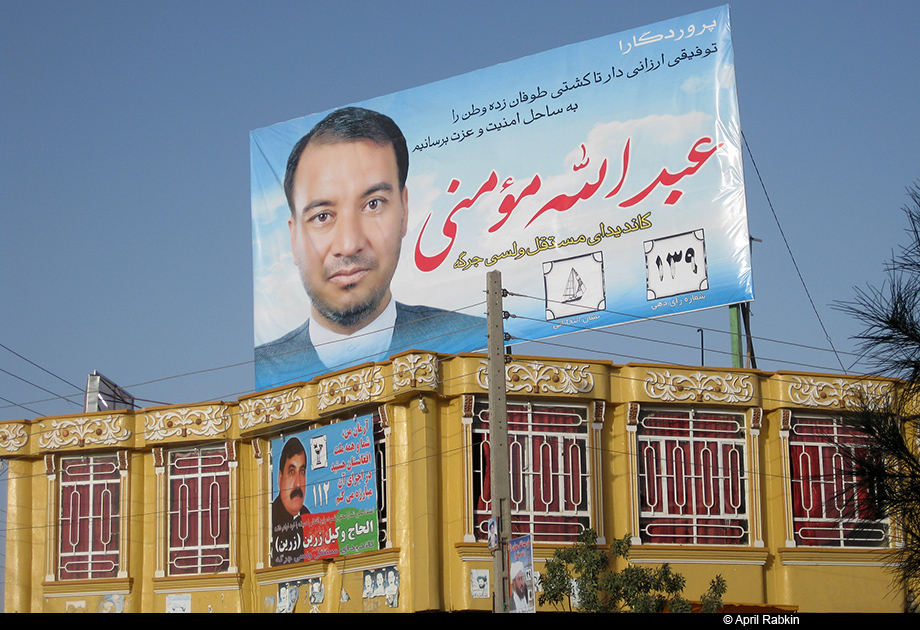
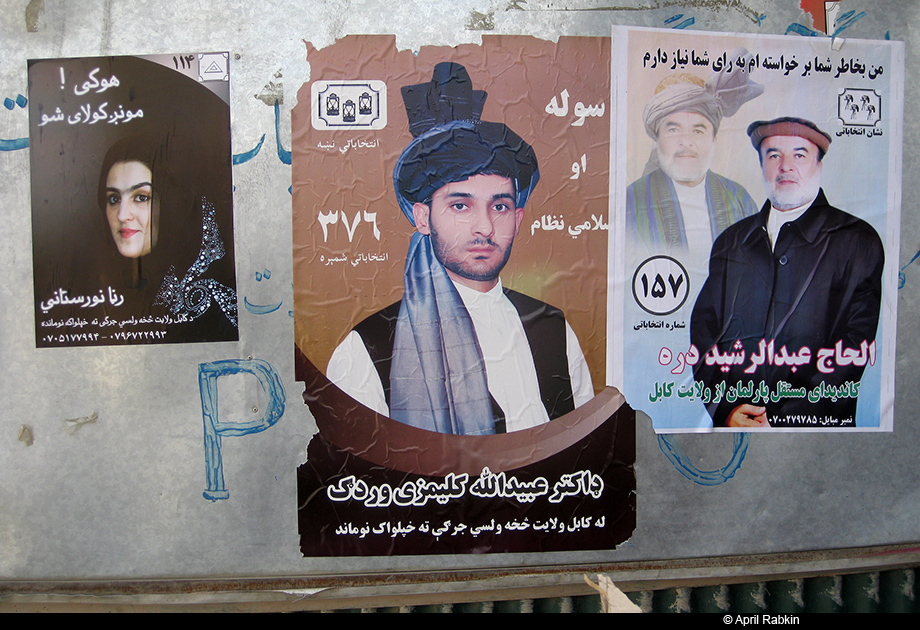
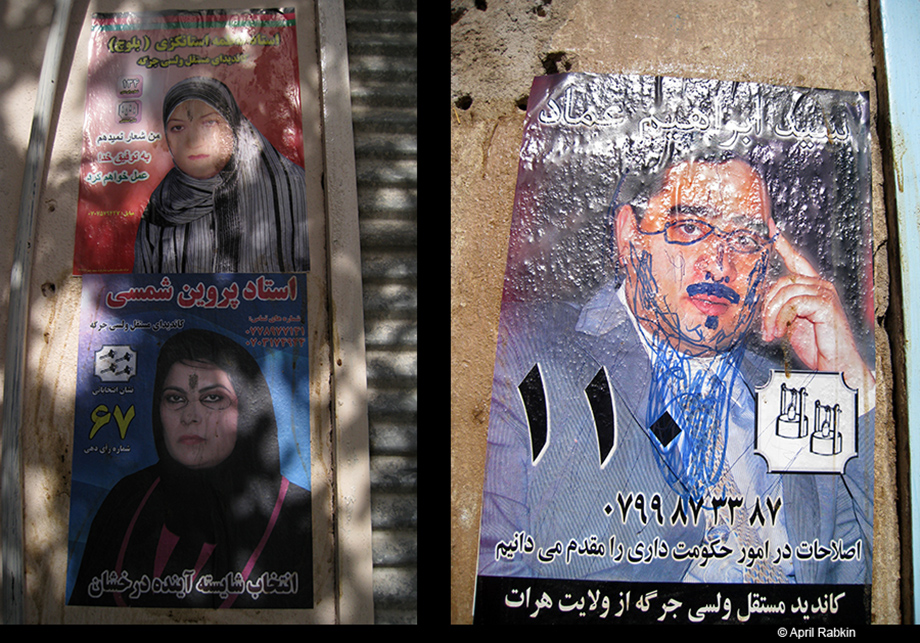
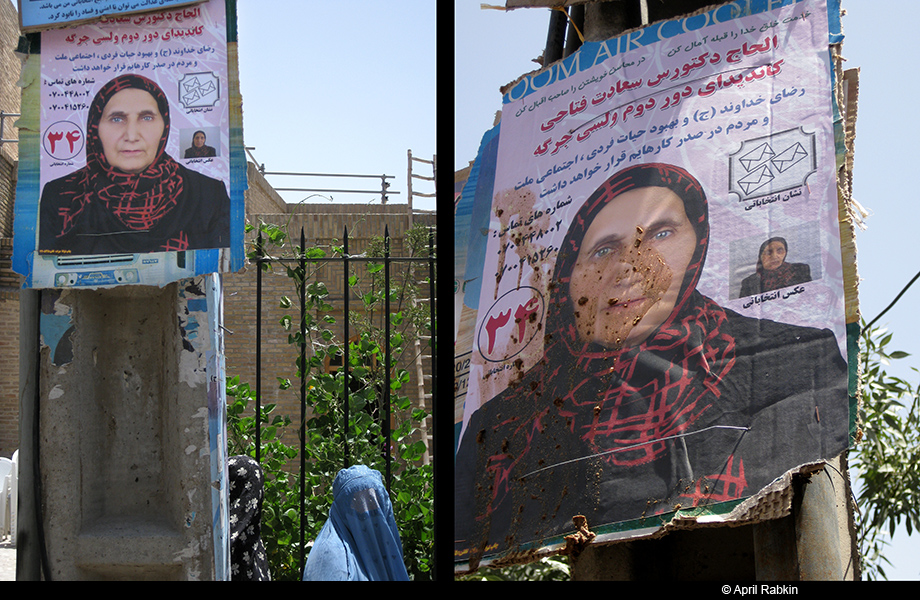
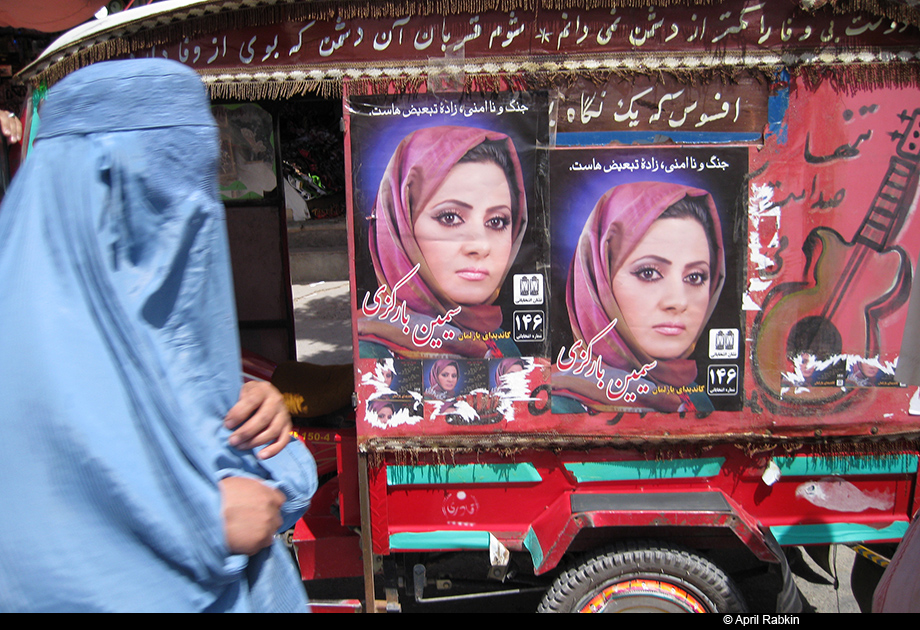
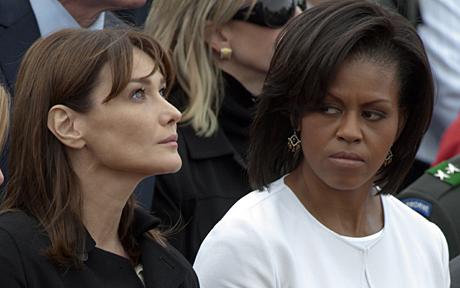

Reactions
Comments Powered by Disqus